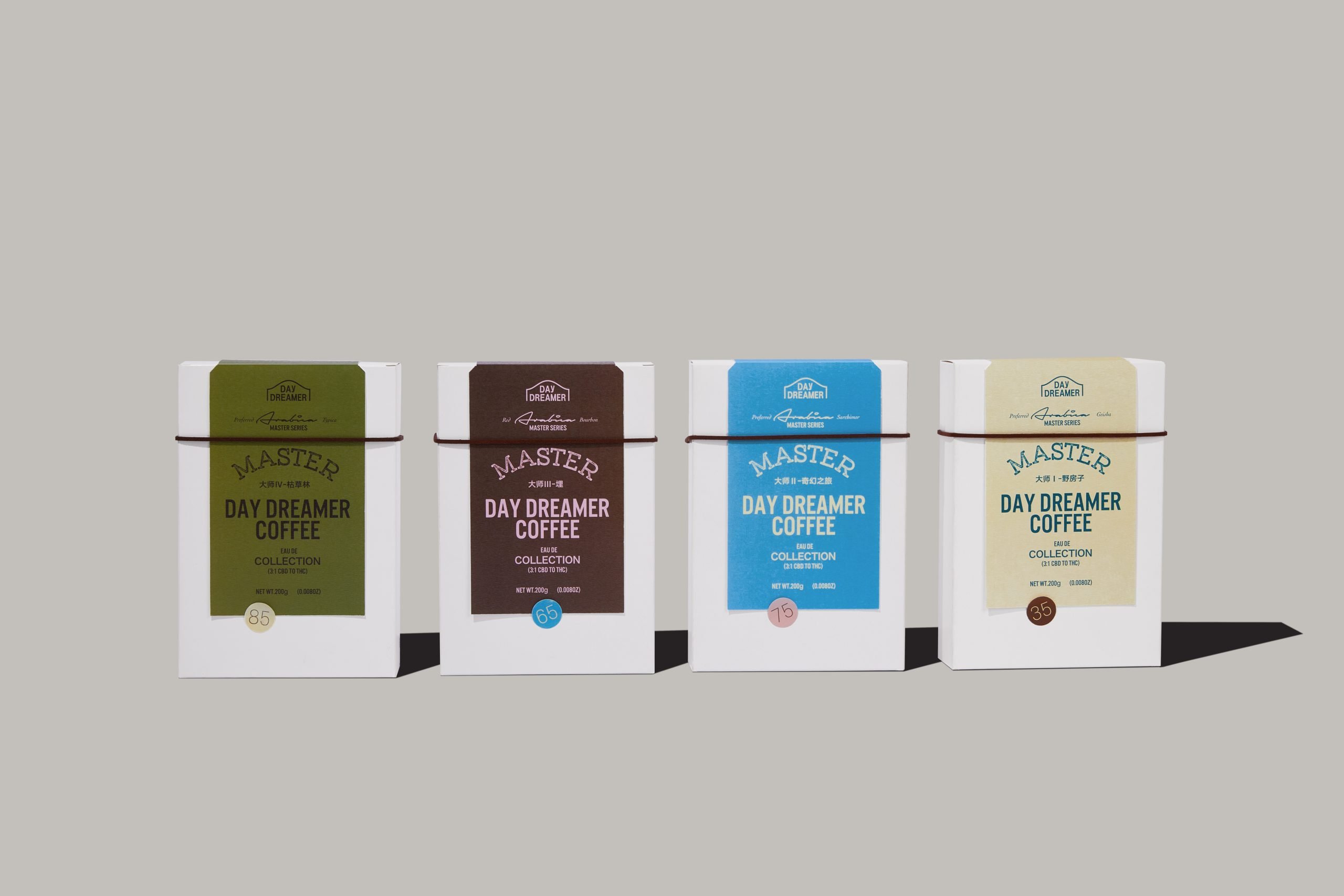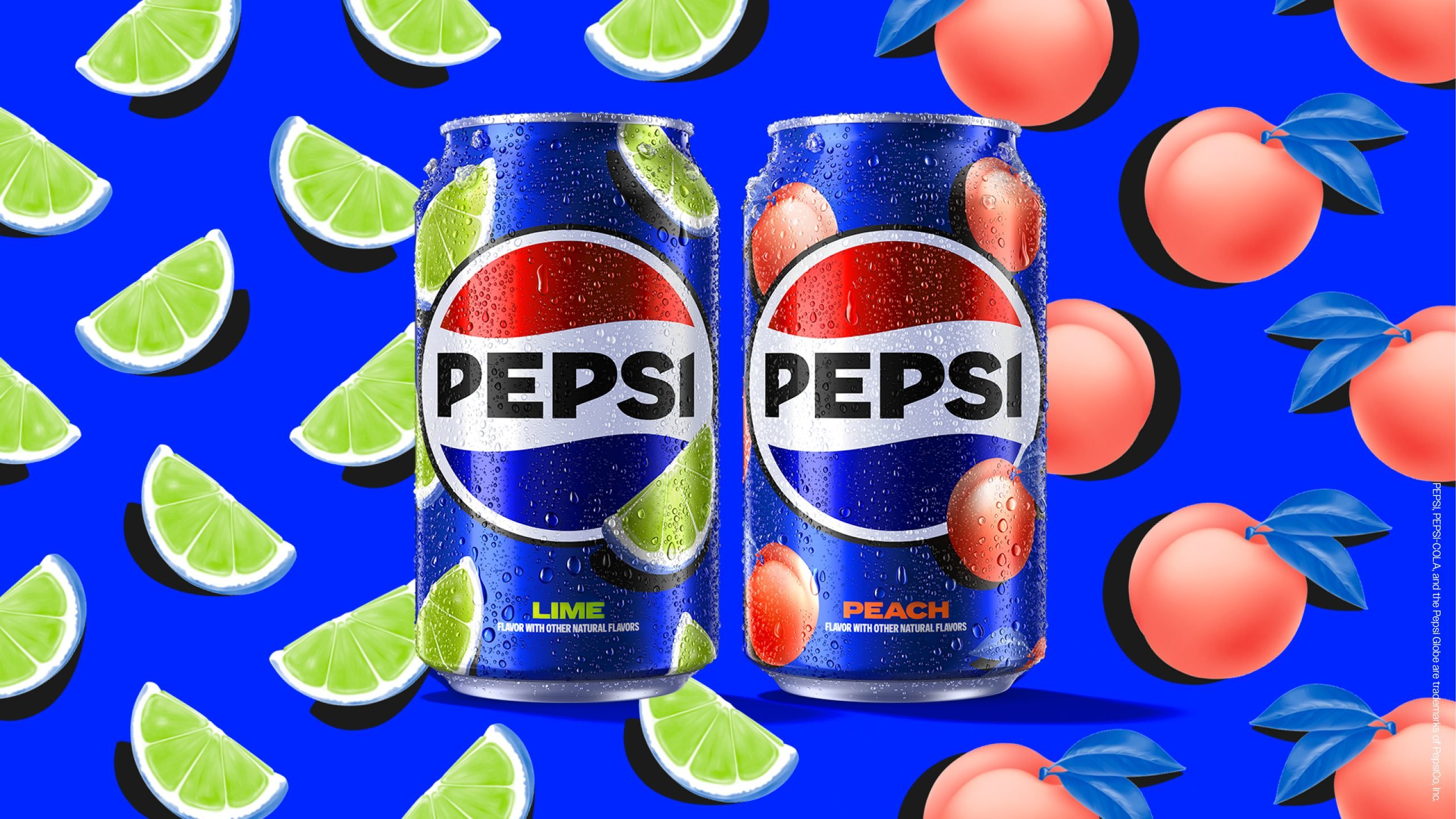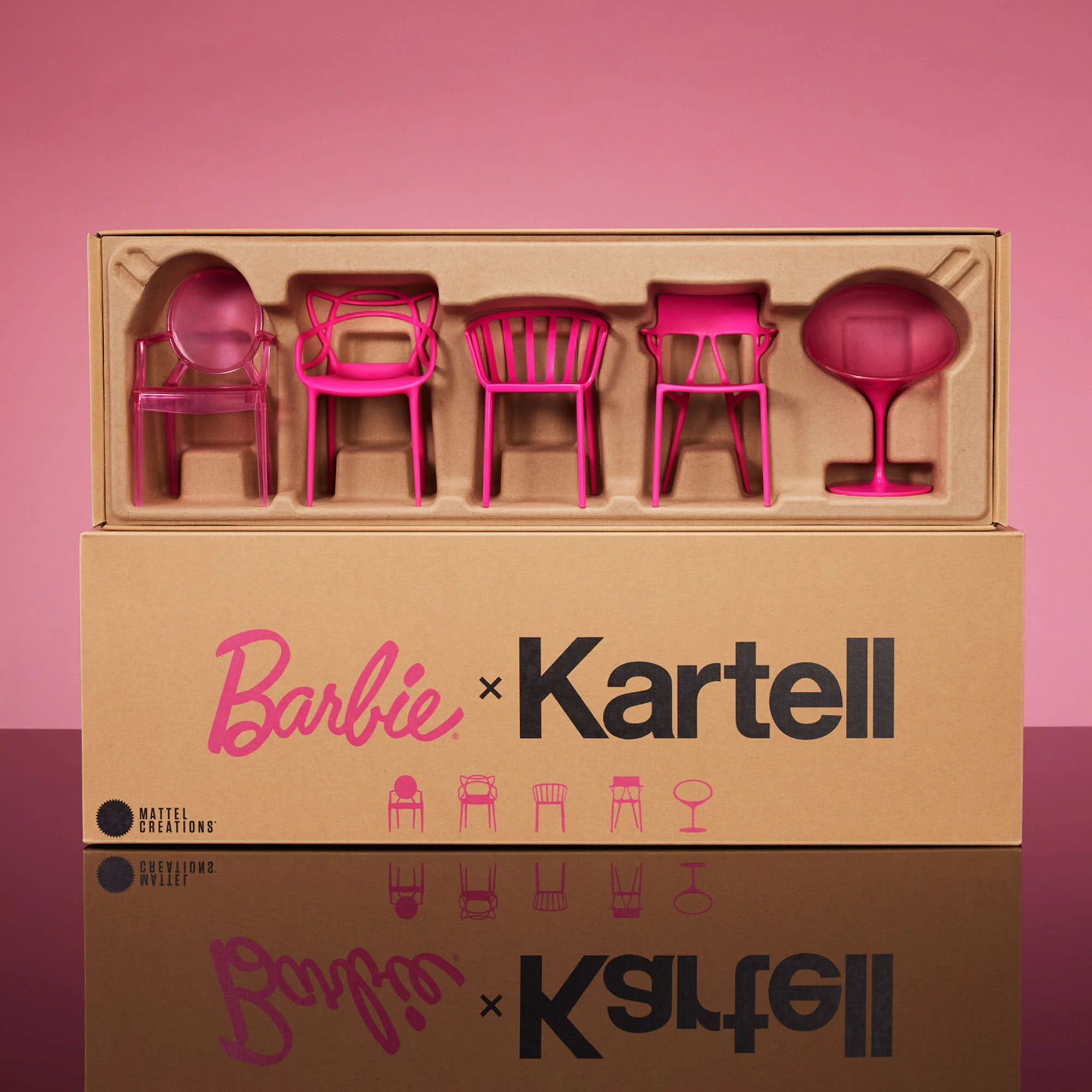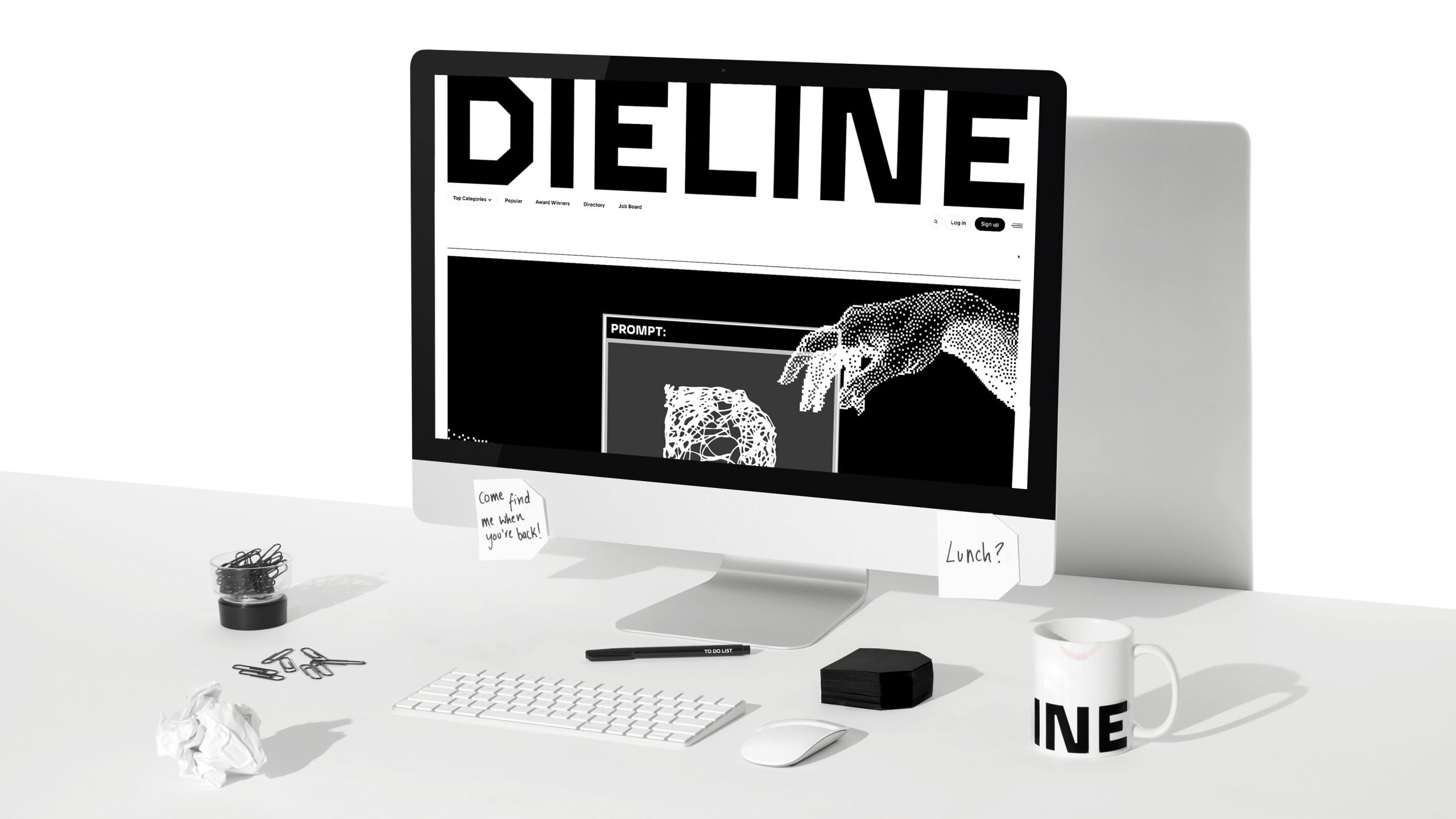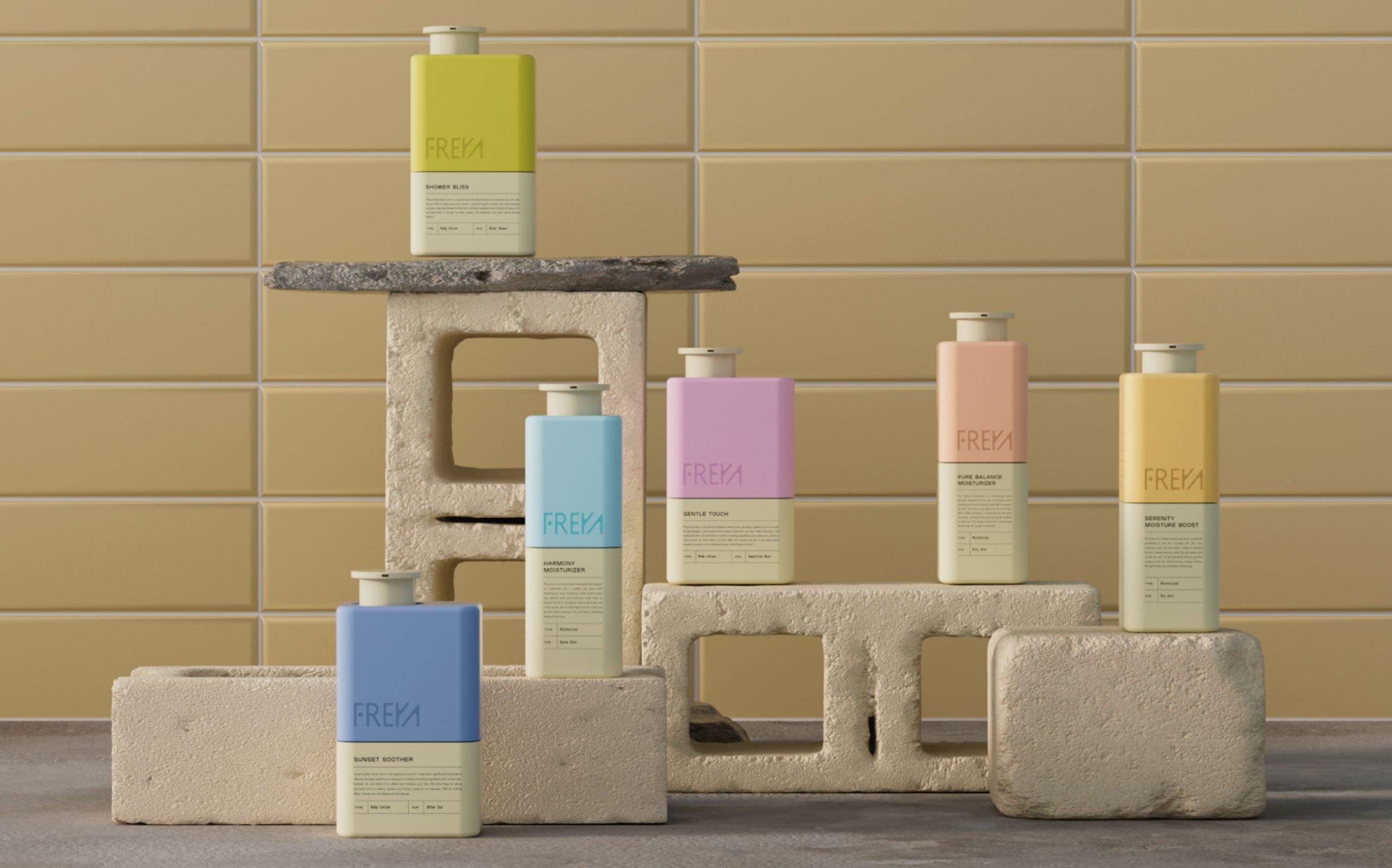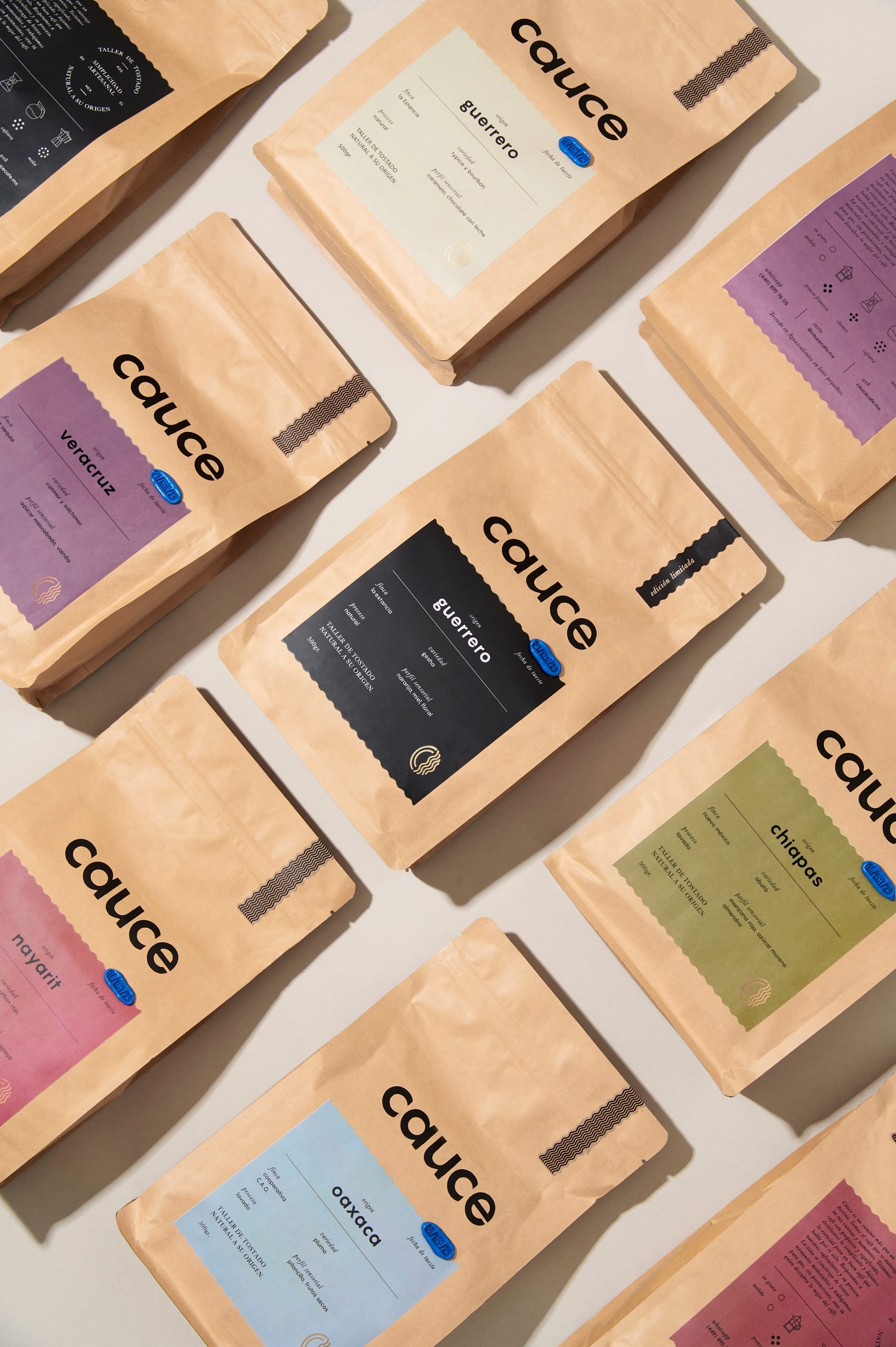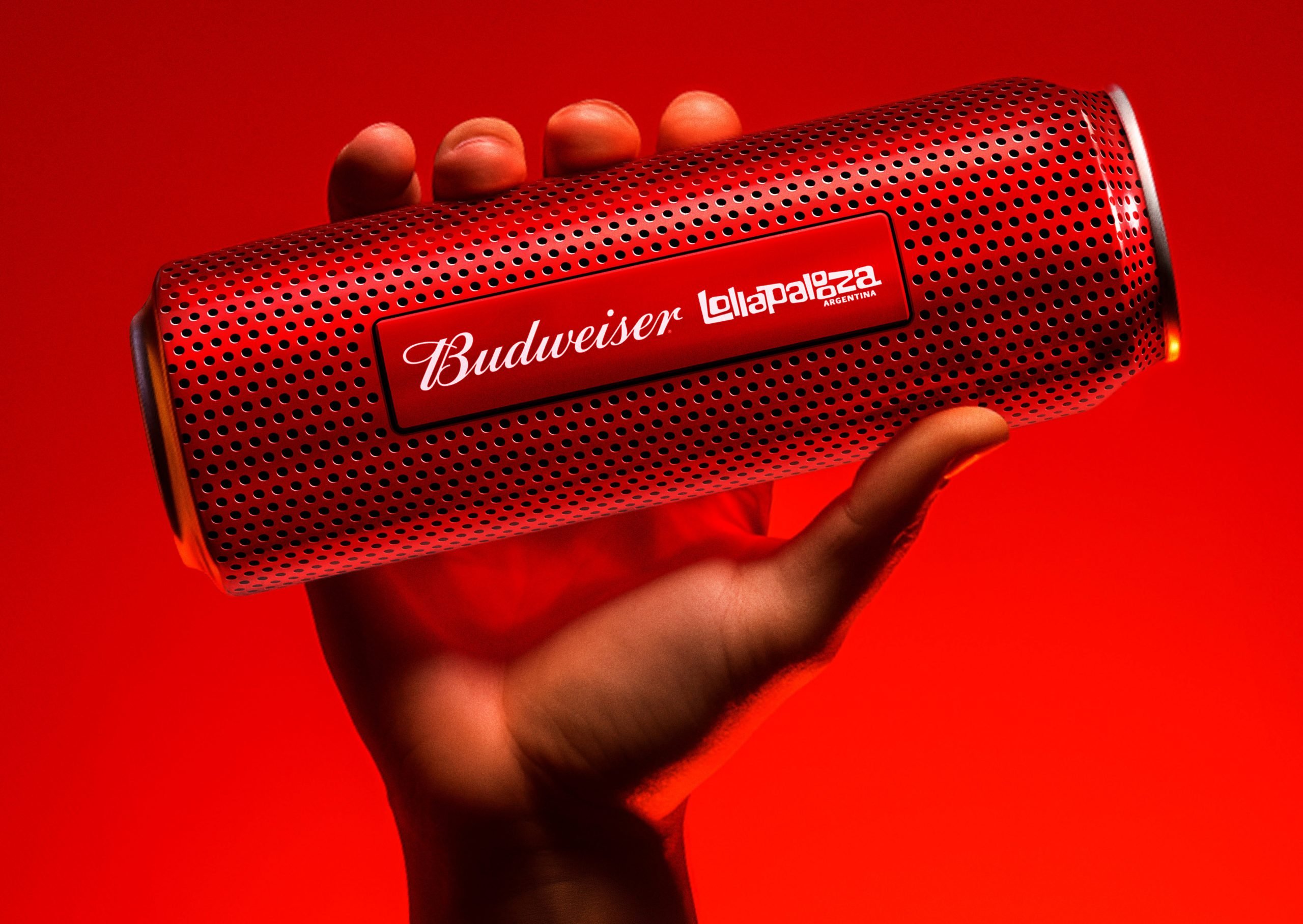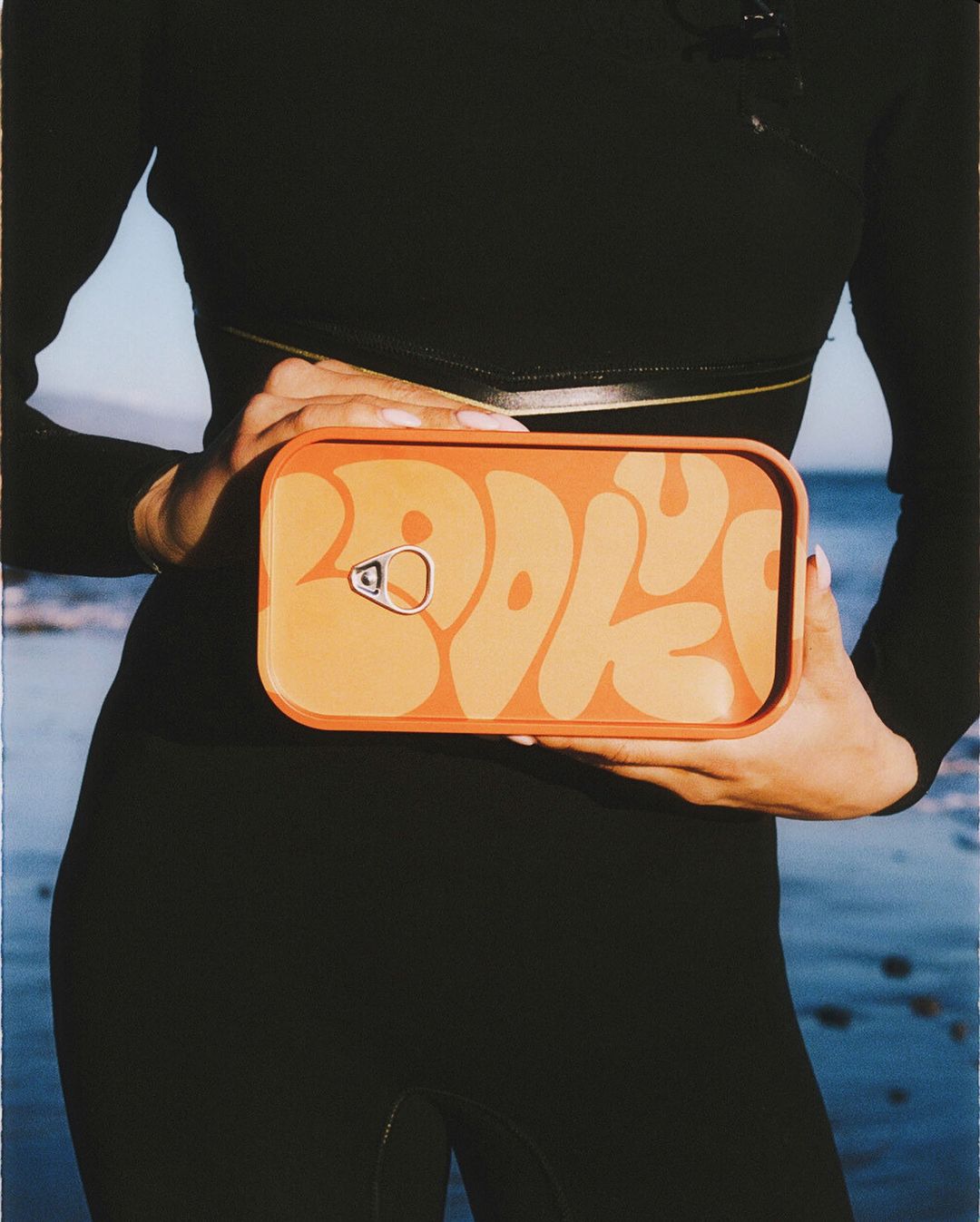Anybody involved in the packaging design world, for whichever sector, will tell you that a pack is more than a protective wrapping. It has to communicate, enhance, delight, dispense, compel, and protect.
But when it comes to the medical sector, thereâs an opportunity for packaging to play a more critical roleâto form part of the very product itself.
There are strict criteria. In pharmaceuticals and healthcare, there are safety considerations like tamper-proofing and sterilizationâthere are also strict guidelines governing how information gets presented. But the packaging is likely to be the first touchpoint for a consumer or patient when interacting with a medical product or device, so it plays a big part in those critical first impressions.
